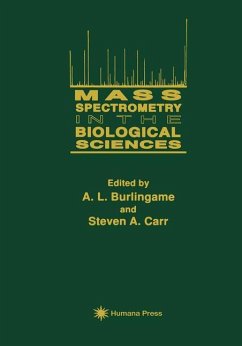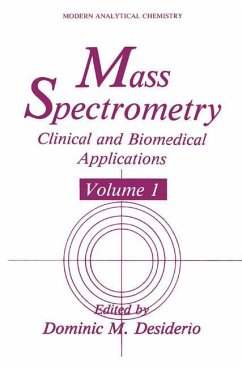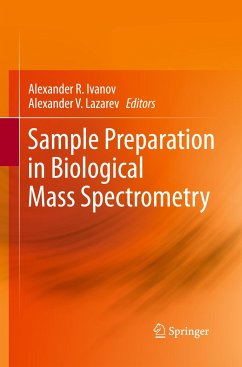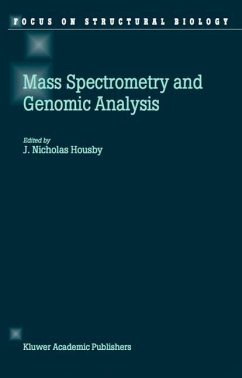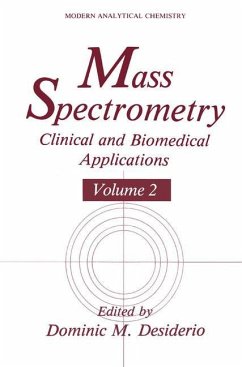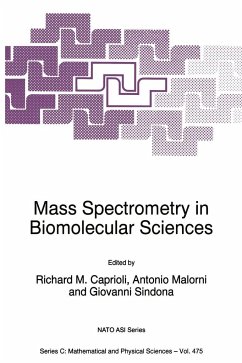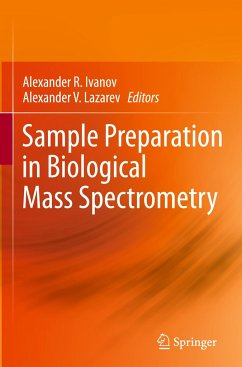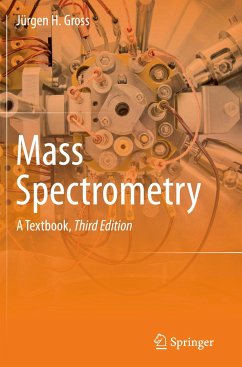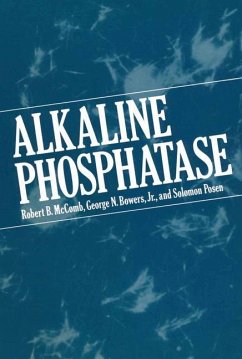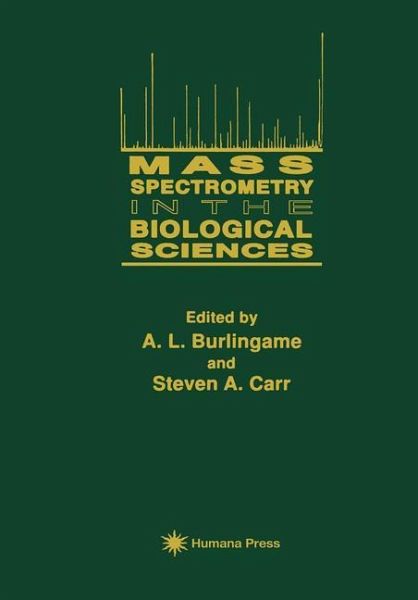
Mass Spectrometry in the Biological Sciences
Versandkostenfrei!
Versandfertig in 1-2 Wochen
116,99 €
inkl. MwSt.

PAYBACK Punkte
58 °P sammeln!
Leading practitioners describe in detail advanced methods of mass spectrometry used in structural characterization of biomacromolecules of both natural and recombinant origin. They demonstrate by example how these methodologies can solve a wide array of real-world problems in protein biochemistry, immunology, and glycobiology, as well as for human bacterial pathogens, lipids, and nucleic acids. The book offers a unique opportunity to learn these techniques that are revolutionizing the field. Its authoritative assessment in the context of how to solve important and challenging problems in biosc...
Leading practitioners describe in detail advanced methods of mass spectrometry used in structural characterization of biomacromolecules of both natural and recombinant origin. They demonstrate by example how these methodologies can solve a wide array of real-world problems in protein biochemistry, immunology, and glycobiology, as well as for human bacterial pathogens, lipids, and nucleic acids. The book offers a unique opportunity to learn these techniques that are revolutionizing the field. Its authoritative assessment in the context of how to solve important and challenging problems in bioscience and medicine ensures a competitive advantage for today's researchers.





